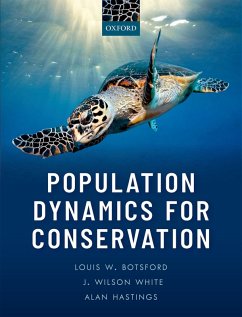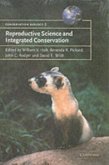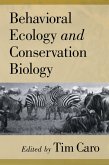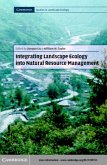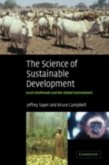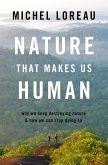The management and conservation of natural populations relies heavily on concepts and results generated from models of population dynamics. Yet this is the first book to present a unified and coherent explanation of the underlying theory. This novel text begins with a consideration of what makes a good state variable, progressing from the simplest models (those with a single variable such as abundance or biomass) to more complex models with other key variables of population structure (including age, size, life history stage, and space). Throughout the book, attention is paid to concepts such as population variability, population stability, population viability/persistence, and harvest yield. Later chapters address specific applications to conservation such as recovery planning for species at risk, fishery management, and the spatial management of marine resources. Population Dynamics for Conservation is suitable for graduate-level students. It will also be valuable to academic and applied researchers in population biology. This overview of population dynamic theory can serve to further their population research, as well as to improve their understanding of population management.
Dieser Download kann aus rechtlichen Gründen nur mit Rechnungsadresse in A, B, BG, CY, CZ, D, DK, EW, E, FIN, F, GR, HR, H, IRL, I, LT, L, LR, M, NL, PL, P, R, S, SLO, SK ausgeliefert werden.

